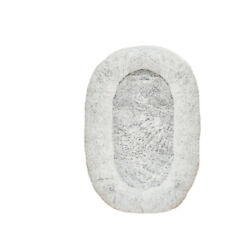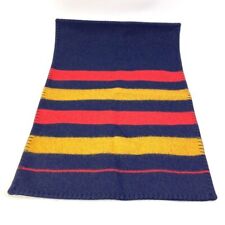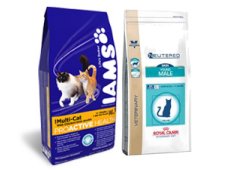Plant Your Cat a Salad Bar!

Outdoor cats can often be seen grazing on grass, which seems to be preferred to leafier plants. Although some cats may vomit after eating grass (considered to be a normal behavior in healthy cats), they still eat them-suggesting this may not only be a normal behavior, but a desirable one from your cat’s point of view. In the wild, cats eat the stomach contents of their prey, and feline prey animals are usually plant-eaters.
If your cat is intent on grazing when she can, and if you find yourself placing all available houseplants on hangers, consider indulging her with her own indoor garden of grass or herbs. Growing a pot of kitty’s salad has a lot of advantages, First of all, it helps keep her away from the houseplants that are yours. (However, don’t assume this means you can keep houseplants that are toxic to cats; you can’t. Kitty may still munch on a forbidden plant, and you don’t want that to be the last bite she ever takes.) Also, planting your own seeds, rather than harvesting a little grass from outside, will avoid the risk of your cat ingesting herbicides, fertilizers and other chemicals.
Grasses and herbs come in many varieties. You can experiment with grass seed or even with bird seed (although your cat will be disappointed when you fail to grow birds from these). Be sure to buy only chemical-free or organic seed. Many pet-supply stores also sell cat salad kits with seeds pre-sown; you just take them home and water. You may also find pots of sprouted "cat grass" for sale at a local farmers’ market. Be sure to ask if this grass has been grown without and chemicals. If the vendor doesn’t know, don’t buy it.
In order to provide fresh salad regularly, start several small pots together but offer them to your cat one at a time. She’ll probably graze like a sheep, pulling the grass up by its roots. Replant each pot after it is eaten. Kitty will love you for it!













